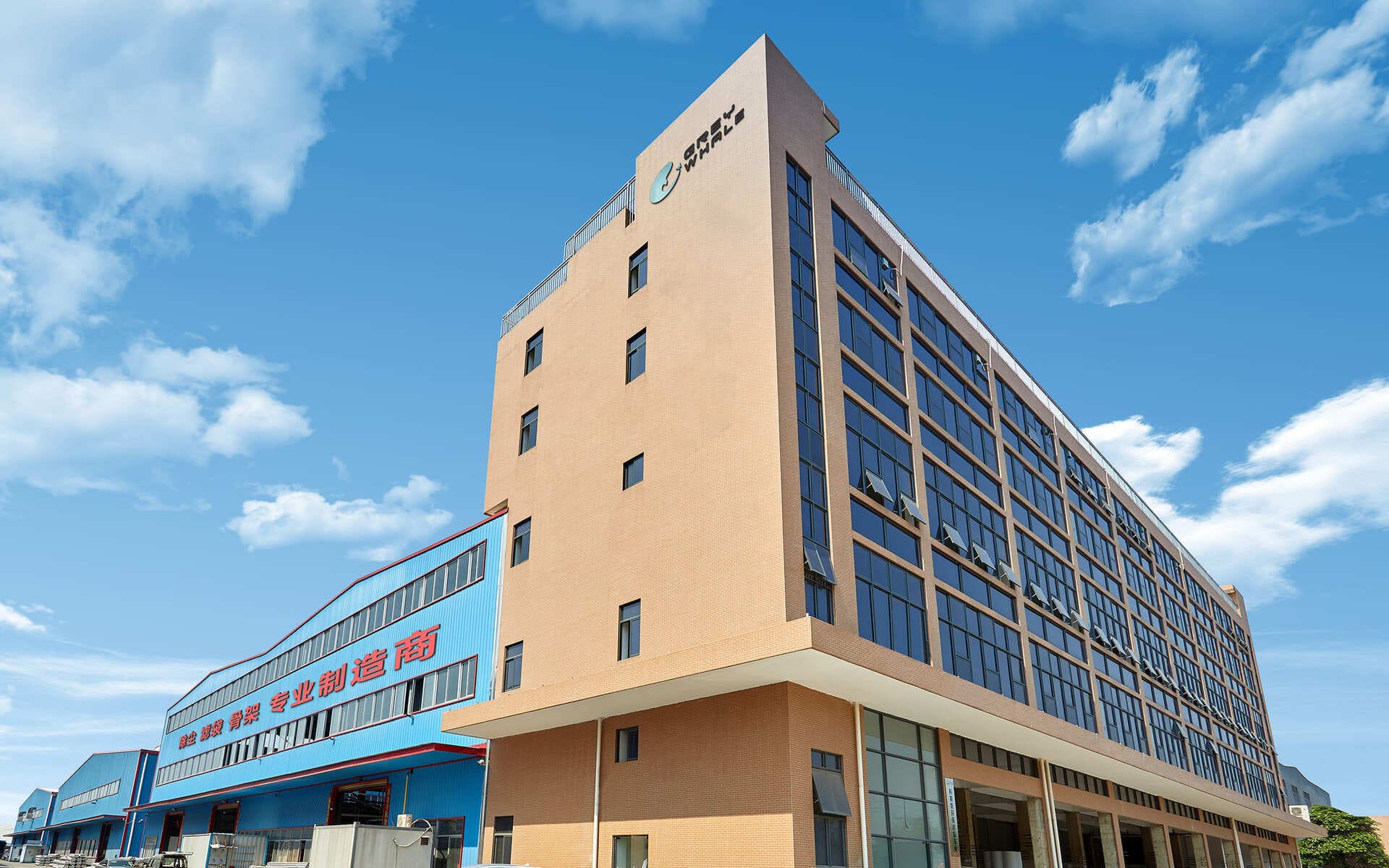(I) Customer Demand Research
In the process of customizing industrial dust collector filter bags, the first step is to conduct thorough communication with clients. This involves understanding the client’s processing capacity requirements for the dust collector, such as the volume of gas (in cubic meters) that needs to be processed per hour. Additionally, inquiries are made about the desired filtration efficiency, for example, the expected concentration of dust particles in the post-filtered gas (in milligrams per cubic meter). The operating environment, whether it’s high-temperature, high-humidity, or corrosive, is also crucial. Moreover, installation conditions, including space size and location, are taken into account. Based on these specific demands, an initial customization plan and recommendations are provided to the client. For instance, if the client requires a high processing capacity, larger filter bags or an increased number of bags can be recommended. In harsh operating environments, materials that are corrosion-resistant and high-temperature tolerant, like glass fiber or PTFE, can be chosen for filter bag fabrication.
(II) Custom Design Development
After gathering client demand insights, a professional team embarks on designing a customized solution. The size and quantity of filter bags are determined based on the equipment’s dimensions and the desired processing capacity. The structural design considers factors such as the installation method of filter bags and the layout of the dust removal system to ensure stable operation. Material selection is tailored to the working conditions; for instance, glass fiber is suitable for high-temperature environments, while PTFE excels in corrosive gas settings. Detailed manufacturing drawings and process flows are developed to ensure precision execution at every stage. For example, the sewing process of filter bags emphasizes the strength and sealability of seams to prevent dust leakage.
(III) Material Procurement and Processing
Quality takes precedence in material procurement. High-quality raw materials that meet national standards are sourced from reliable suppliers. For instance, filter media undergoes rigorous quality testing to verify its filtration performance and durability. Advanced production equipment and techniques are employed in the manufacturing process. Laser cutting ensures dimensional accuracy, while hot-melt technology enhances the sealability of filter bags. Rigorous quality control measures are implemented throughout the processing phase to guarantee manufacturing precision and aesthetic quality. For instance, the filter bag surface is smoothened to minimize dust accumulation.
(IV) Assembly and Testing
Once all components are processed, assembly commences, adhering strictly to process requirements. Key areas, such as the secure connection between filter bags and frames, and the tight sealing of dust removal system valves, undergo rigorous inspections. Post-assembly, comprehensive testing ensues, including operational stability tests to observe any abnormal vibrations or noises during continuous operation. Filtration efficiency is verified by measuring dust concentrations at the inlet and outlet of the gas. Safety performance is also evaluated to ensure the electrical system’s reliability, guarding against hazards like electrical leakage. These tests ensure that the equipment meets clients’ requirements and operates safely and reliably.

(V) Packaging and Transportation
Qualified equipment is packaged using specialized materials and techniques. Fragile components like filter bags are specially packaged, e.g., with foam padding, to protect them from compression and impact during transport. The entire device is typically encased in a wooden crate for added protection. Reliable logistics partners are engaged to ensure timely and secure delivery to the client’s designated location. The transport status is closely monitored, and clients are kept informed of progress.
(VI) After-Sales Service
Provide customers with comprehensive after-sales services. This includes equipment installation guidance, where professional technicians will guide customers on-site or online to ensure correct and error-free installation. Online operation training is also provided, which introduces the operation methods and precautions of the equipment to the customer’s operators in detail, thereby improving their skill level. Regular maintenance is carried out, and a reasonable maintenance plan is formulated based on the equipment’s usage. Regular inspections and maintenance are conducted to extend the equipment’s service life. We promptly address any issues encountered by customers during use and quickly provide solutions and technical support.

